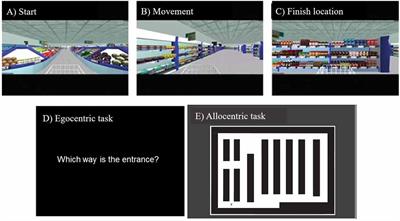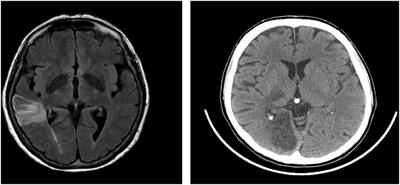EDITORIAL
Published on 14 Oct 2020
Editorial: Wayfinding and Navigation: Strengths and Weaknesses in Atypical and Clinical Populations
doi 10.3389/fnhum.2020.588199
- 3,195 views
- 2 citations
15k
Total downloads
103k
Total views and downloads
Select the journal/section where you want your idea to be submitted:
EDITORIAL
Published on 14 Oct 2020
ORIGINAL RESEARCH
Published on 20 Jul 2020

ORIGINAL RESEARCH
Published on 03 Jul 2020

ORIGINAL RESEARCH
Published on 03 Jun 2020

BRIEF RESEARCH REPORT
Published on 21 Apr 2020

ORIGINAL RESEARCH
Published on 31 Mar 2020

CASE REPORT
Published on 31 Mar 2020

ORIGINAL RESEARCH
Published on 31 Mar 2020

ORIGINAL RESEARCH
Published on 17 Mar 2020

ORIGINAL RESEARCH
Published on 17 Mar 2020

ORIGINAL RESEARCH
Published on 18 Feb 2020

BRIEF RESEARCH REPORT
Published on 28 Jan 2020

